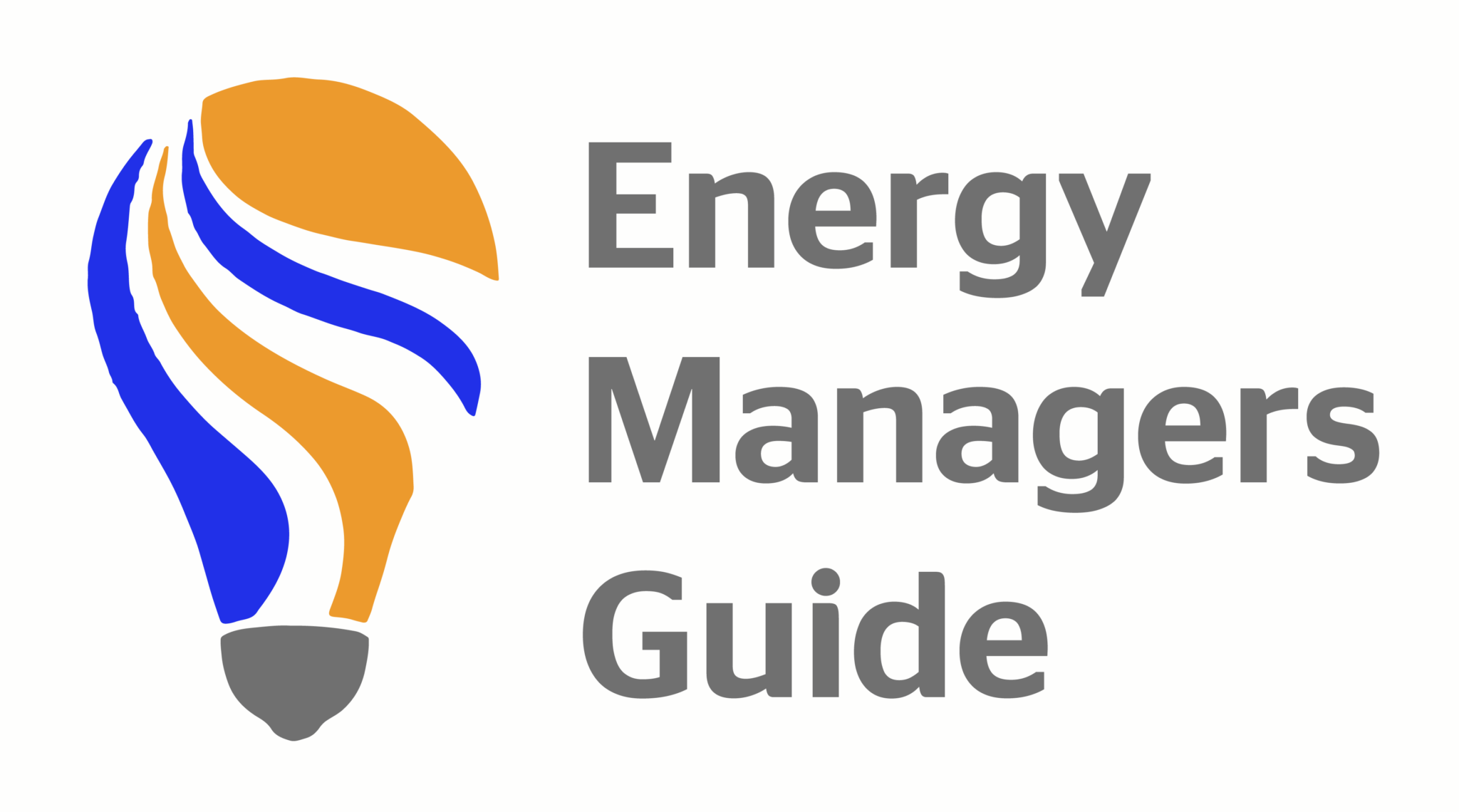The energy management arena is witnessing a paradigm shift with the emergence of advanced technologies like smart meters and virtual meters.
As businesses and households explore efficient ways to monitor and control energy consumption, it becomes essential to understand the nuances between these technologies. Additionally, a new player has entered the scene – hybrid solutions such as ClearVUE.Zero.
In this article, we delve into the specifics of Smart Meters and Virtual Meters while introducing the transformative capabilities of hybrid systems.
Understanding Smart Meters
Smart meters, designed to replace traditional utility meters, provide real-time data on energy consumption. These devices automate the collection and transmission of usage information, fostering two-way communication between consumers and utility companies. This facilitates informed decision-making for more efficient resource management.
Key features of smart meters
- Real-time data monitoring: instant insights into energy consumption enable users to track patterns and identify areas for optimisation.
- Remote accessibility: two-way communication allows utility companies to remotely manage services, eliminating the need for physical interventions.
- Time-of-use pricing: smart meters support time-of-use pricing models, encouraging consumers to shift usage to off-peak hours when rates are lower.
- Integration with smart home systems: seamless integration with smart home systems empowers users to manage energy usage through mobile apps or home automation platforms.
Understanding Virtual Meters
Virtual meters, a software-based solution for energy monitoring, leverage advanced algorithms and data analytics to simulate traditional meter functionality. This virtual approach is particularly beneficial where physical installations may be impractical or cost-prohibitive.
Key features of virtual meters
- Flexibility in deployment: virtual meters can be implemented without additional hardware, offering a versatile option for various environments.
- Aggregated data analysis: these meters aggregate data from multiple sources, providing a comprehensive overview of energy usage across various locations or systems.
- Customisable reporting: users can tailor reporting parameters to meet specific requirements, gaining insights into the metrics that matter most to them.
- Cost-effective solution: as virtual meters eliminate the need for physical installations, they can be a cost-effective alternative for businesses or facilities with complex energy monitoring needs.
Hybrid Energy Metering Solutions
Some IoT-driven hybrid systems (e.g., ClearVUE.Zero) marry the best of two worlds: smart meters and virtual meters, offering a comprehensive approach to energy management. These innovative systems combine the functionality of a smart meter, often providing even more instant readings, with the advanced capabilities of a virtual meter through a sophisticated software dashboard. Having a centralised data gateway allows for in-depth analysis, including benchmarking of energy use and other metrics, providing detailed insights down to the circuit level for multiple sites at once.
The choice between smart meters, virtual meters, and hybrid solutions like ClearVUE.Zero depends on specific requirements, infrastructure, and goals. Whether opting for real-time insights, flexibility, or a combination of both, businesses and consumers now have a diverse array of powerful tools to optimise energy consumption and contribute to a more sustainable future.







